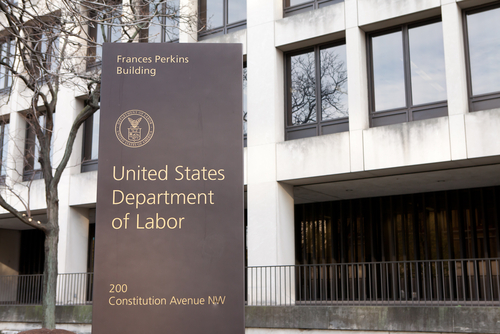
The U.S. Department of Labor recently clarified the standard for employee versus independent contractor status under the Fair Labor Standards Act (FLSA).
The department’s ruling clarifies four issues and provided six fact-specific examples.
It uses a test to determine whether a person is economically dependent on a potential employer or in business for him or herself.
It identifies and explains factors that determine whether a worker is economically dependent on someone else’s business or his or her own business.
It identifies three other factors that may serve as additional guideposts, especially when the other factors do not point to classification.
“The new regulation provides a balanced analysis for determining when a worker is an independent contractor or employee under the FLSA,” Glenn Spencer, U.S. Chamber of Commerce senior vice president of employment policy, said. “By giving employers and employees greater clarity, and providing a modern interpretation of what it means to be an independent contractor, the regulation will increase the opportunities for single parents to control their schedules and raise their kids, ex-offenders to reenter the workforce, and help military spouses generate earnings as they move from place to place.”
Spencer said the ruling is a step toward updating outdated standards that don’t reflect current workplace structures or technology.
The rule goes into effect 60 days after publication on the Federal Register on March 8.